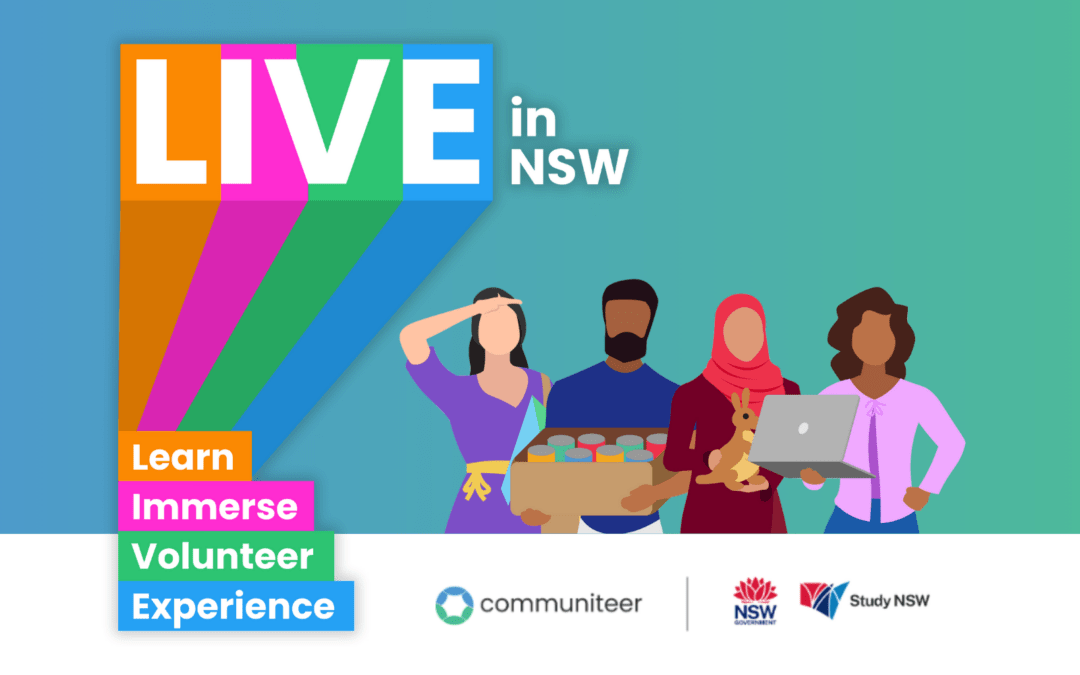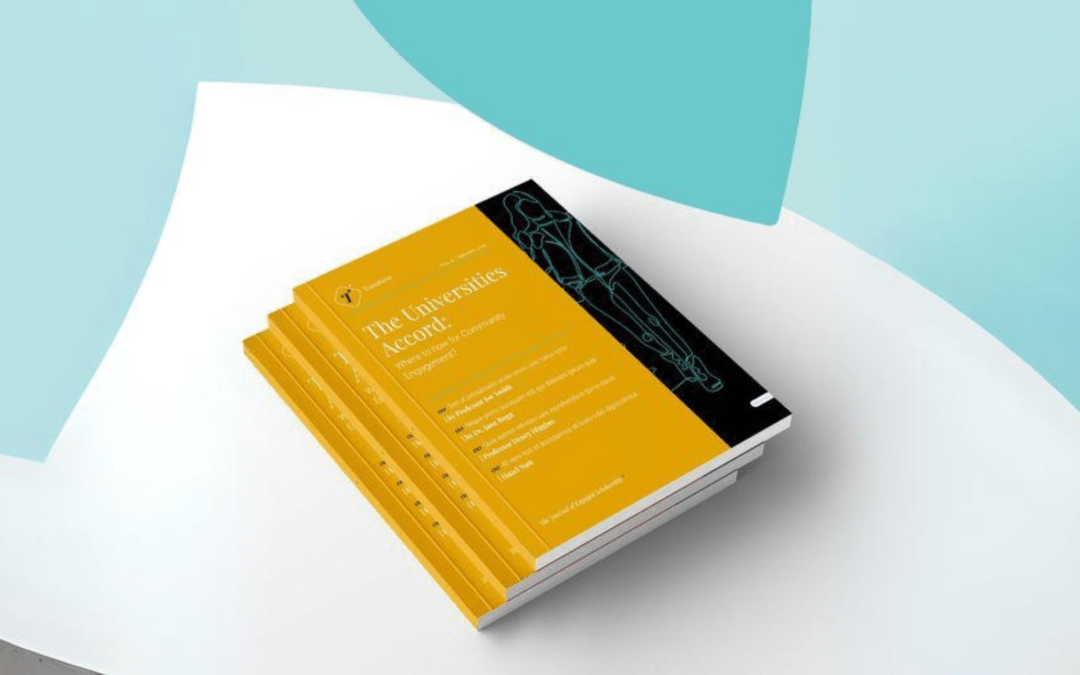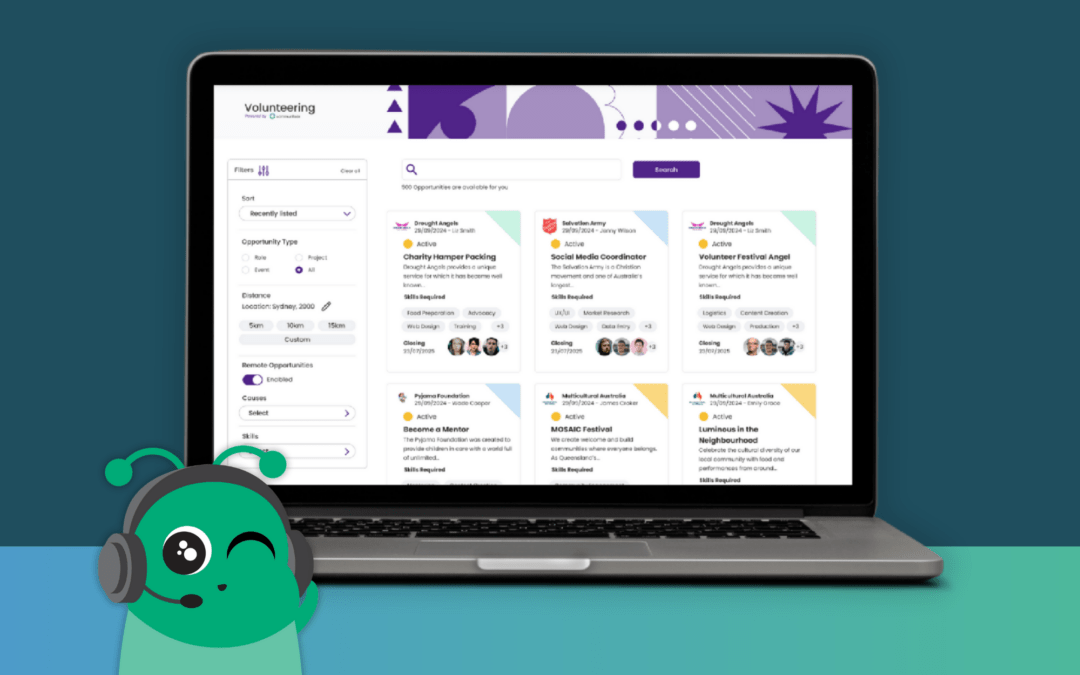On the one hand, there is growing interest and demand for employee volunteering, especially from the consumer market. Many see it as a valuable way to make a positive impact in their communities and build stronger connections with their colleagues. However, even those who see the value, many do not participate.
Volunteering Australia’s 2018 Snapshot of Corporate Volunteering reports 15% of employees volunteered within a 12-month period. While data is difficult to find post-pandemic, our anecdotal experience suggests this has most likely declined.
With many employers making activities more accessible with volunteer leave, opportunity job boards or team-building events, increasing employee volunteer participation seems to be a universal challenge.
Volunteers are Motivated
Volunteering Australia’s 2022 report, “The Volunteer Perspective”, found that 50% of people intended to volunteer about the same as before the pandemic. With almost 30% saying they wanted to volunteer more often.
Recent times have created a greater sense of social responsibility and a desire to make a positive contribution to society. With many Australians feeling the impact of the pandemic on their own lives, there has been a greater sense of empathy and solidarity with those who are most affected. This has motivated many Australians to volunteer their time and resources to help others in need.
Employee volunteering has become an increasingly important factor for millennials and Gen Z when considering potential employers. According to a 2019 report by Deloitte, 83% of millennials say that they would be more loyal to a company that helps them contribute to social and environmental issues, while 38% of Gen Z say that they would prioritize social and environmental issues over salary when choosing a job.
We are more than ever living out their values being selective of the roles, projects and responsibilities that align with how they want to contribute to a global economy. Though outside of work and ‘do no harm’, how do we activate greater civic mobilisation to address local challenges in local communities?
Is it Empathy Fatigue?
Being more integrated into our online communities out of necessity has brought greater connection but also social fractures. With growing social activism, comes a constant stream of distressing content. In our, homes we are surrounded by content that inspires negative emotions like anger, sadness, or anxiety.
When we are constantly bombarded with emotionally charged content on social media, it can lead to a sense of helplessness or overwhelm. With such large social and environmental issues at the centre of these conversations, it can make it feel like our efforts to make a positive impact are insignificant. Which can contribute to a lack of motivation to volunteer or engage in activism.
But, this exhaustion suggests that it’s not a lack of empathy, but instead a growing frustration in not feeling like there’s anything you can do to contribute. And this is no different when we see the employee volunteering call to action on our workplace intranet.

Inspire Employee Volunteering with Collective Action
A 2013 study by Zomeren, Saguy & Schellhaas explains the phenomenon of participative efficacy. This refers to an individual’s belief in their ability to contribute to a group effort and make a difference.
The study found that participative efficacy beliefs are a unique predictor of collective action, above and beyond other predictors such as group identification or social norms. This suggests that individuals who have a strong belief in their ability to contribute to a collective effort are more likely to engage in collective action, such as volunteering.
This theory is supported within the space of employee volunteering with a 2021 survey by Benevity. They found that 82% of employees surveyed said that they would be more likely to participate in volunteering or other social impact activities if they could see the direct impact of their efforts.
When it comes to the usual barriers to employee volunteering, such as time constraints, individuals who have a strong belief in their ability to contribute are more likely to see the effort as worthwhile and are less likely to be deterred by the difficulties or challenges involved.
Ways to build participative efficacy in your employee volunteering program
Approaching community partners with mutual respect
Companies should approach community partnerships with a sense of respect and humility, recognising that they are not the only experts and that the community has valuable knowledge and experience.
This also means recognising and addressing power imbalances between companies and the communities they are seeking to serve. In turn, we can build trust and a sense of shared purpose, which can in turn foster more effective collective action.
Recognising and celebrating contributions
Involving and spotlighting participating community partners in this recognition will also reinforce the idea that their contributions are making a difference. This makes it especially important to be clear in your social impact reporting, having clear metrics and goals.
Build a sense of community and pride among employees will inspire them to feel like they are part of a larger community working towards a common goal.
Social learning and development
Additionally, companies can provide training and support to employees to help them feel more confident in their volunteering roles. Within complex social causes, it can feel intimidating to know the right vocabulary and phrasing to communicate with those working within or beneficiaries of community organisations.
This can also improve how employees interact with each other outside of those activities, and continue fostering a connected culture of shared values.
Offering diverse volunteering opportunities
Encourage ongoing employee input into the selection of opportunities to foster ownership. This can help employees find volunteering projects that align with their strengths and interests, which can increase their sense of participative efficacy.
Also coordinating opportunities that can be accessed online and in smaller time commitments can involve greater numbers of employees, particularly executives and management who are time-poor but have a lot of skilled value to offer community organisations.
Check out our online, skilled volunteering workshop with Mirvac!
How we can help
Communiteer unites leading strategies in employee volunteer engagement to set up strong foundations for successful volunteering experiences.
While our community partners tug at the heartstrings with workshops and storytelling content, we provide the structure for targeted employee volunteering activities. Empower your teams with ways to make a difference that utilise their unique talents and clearly record and recognise their contributions.




